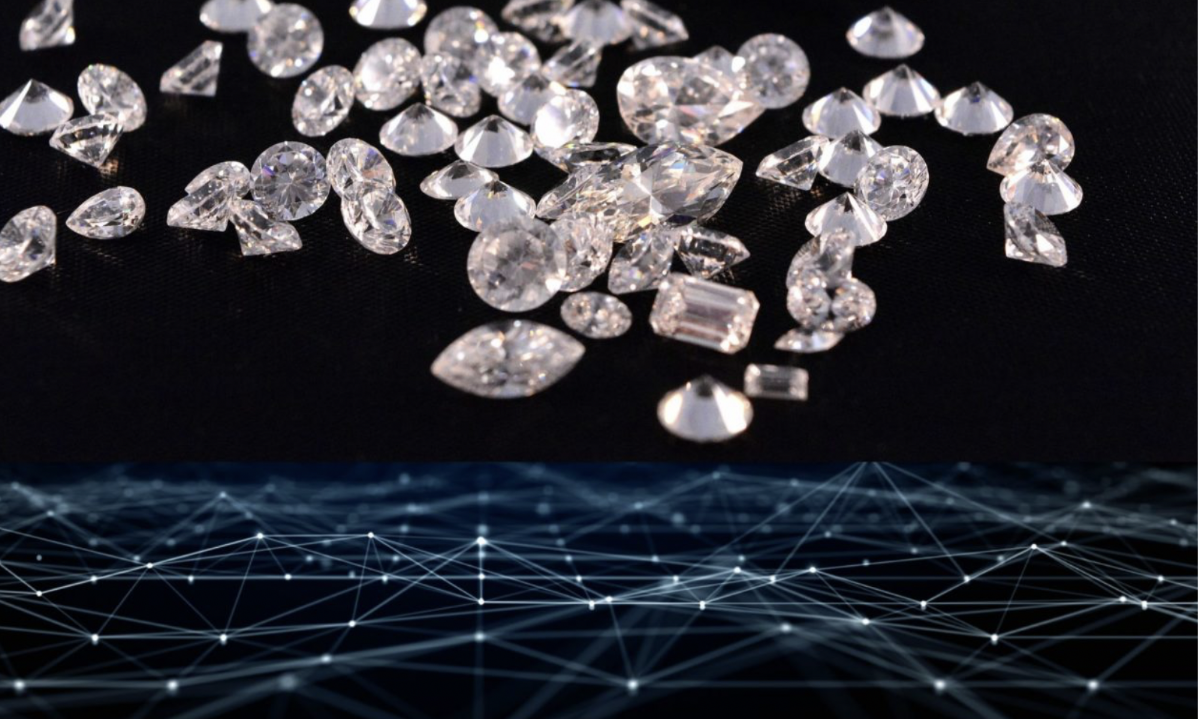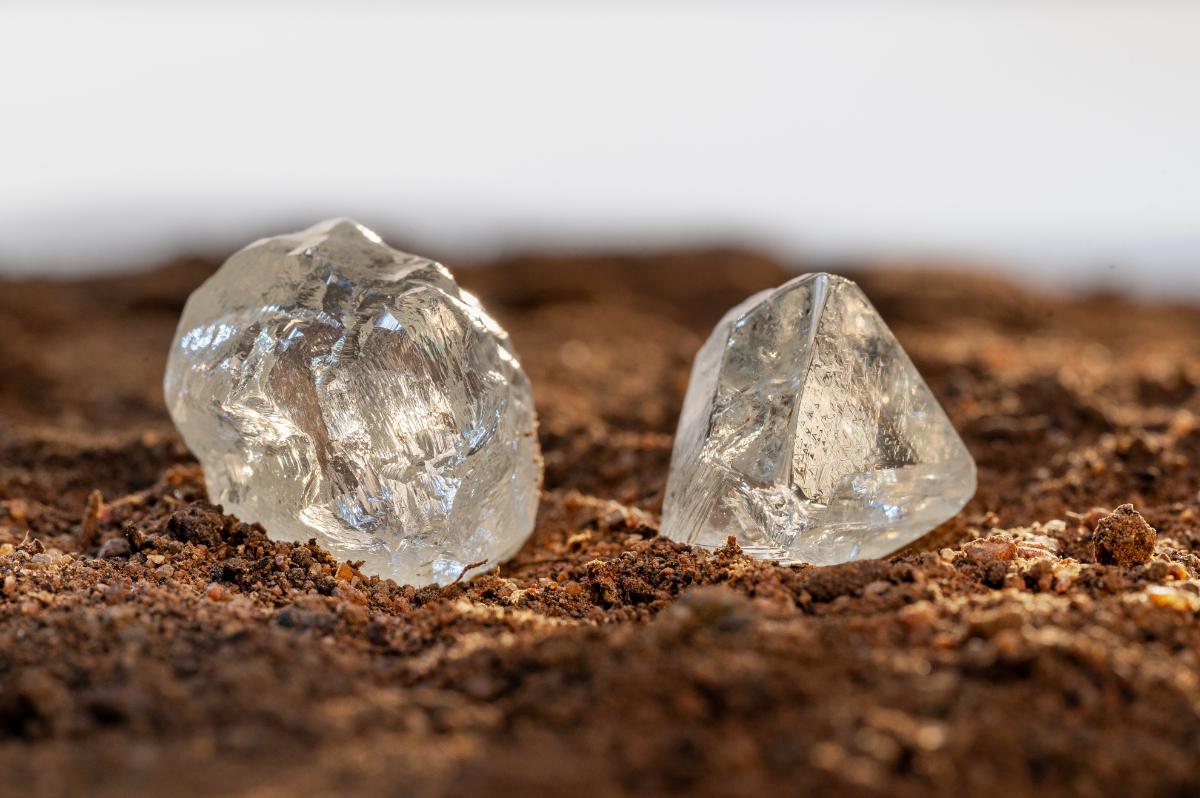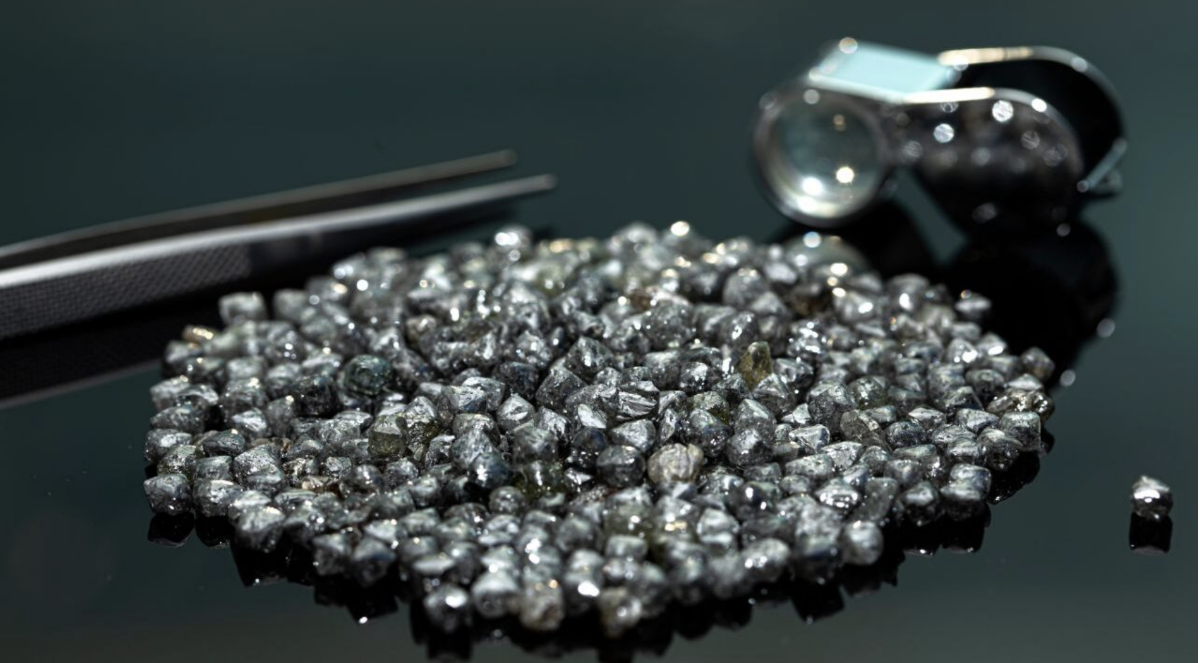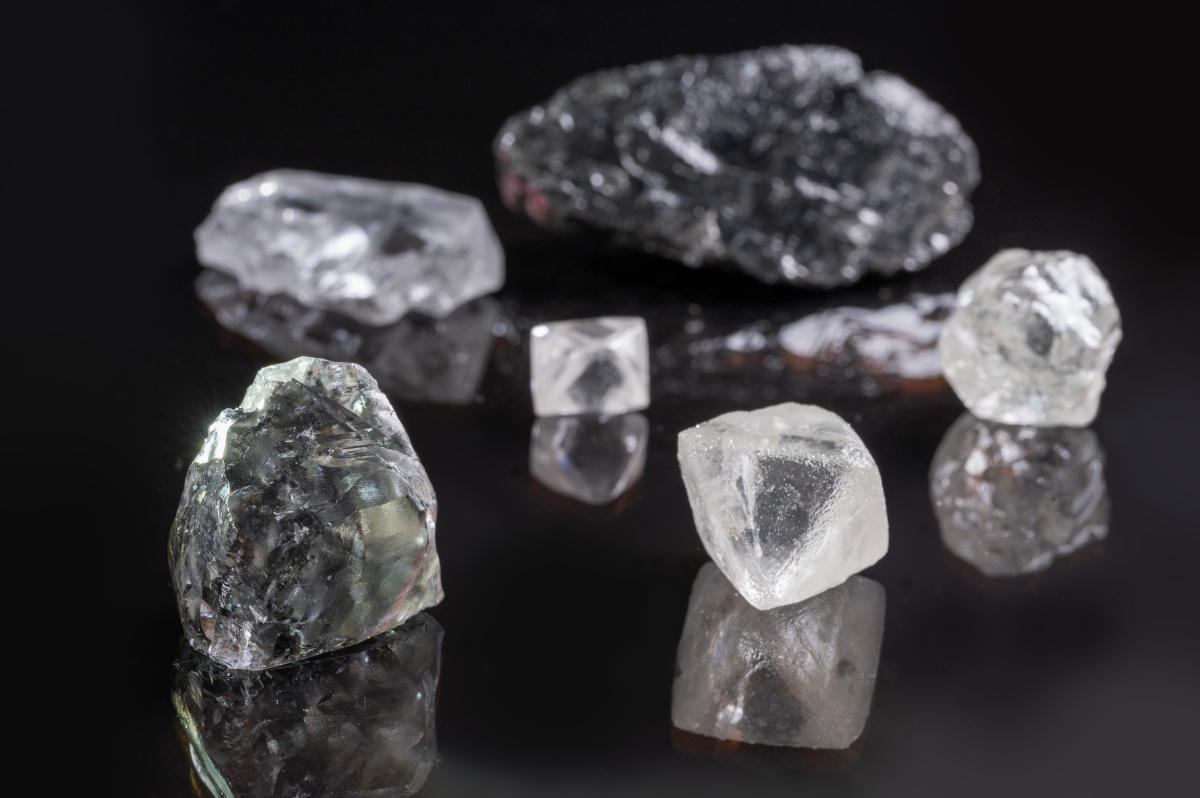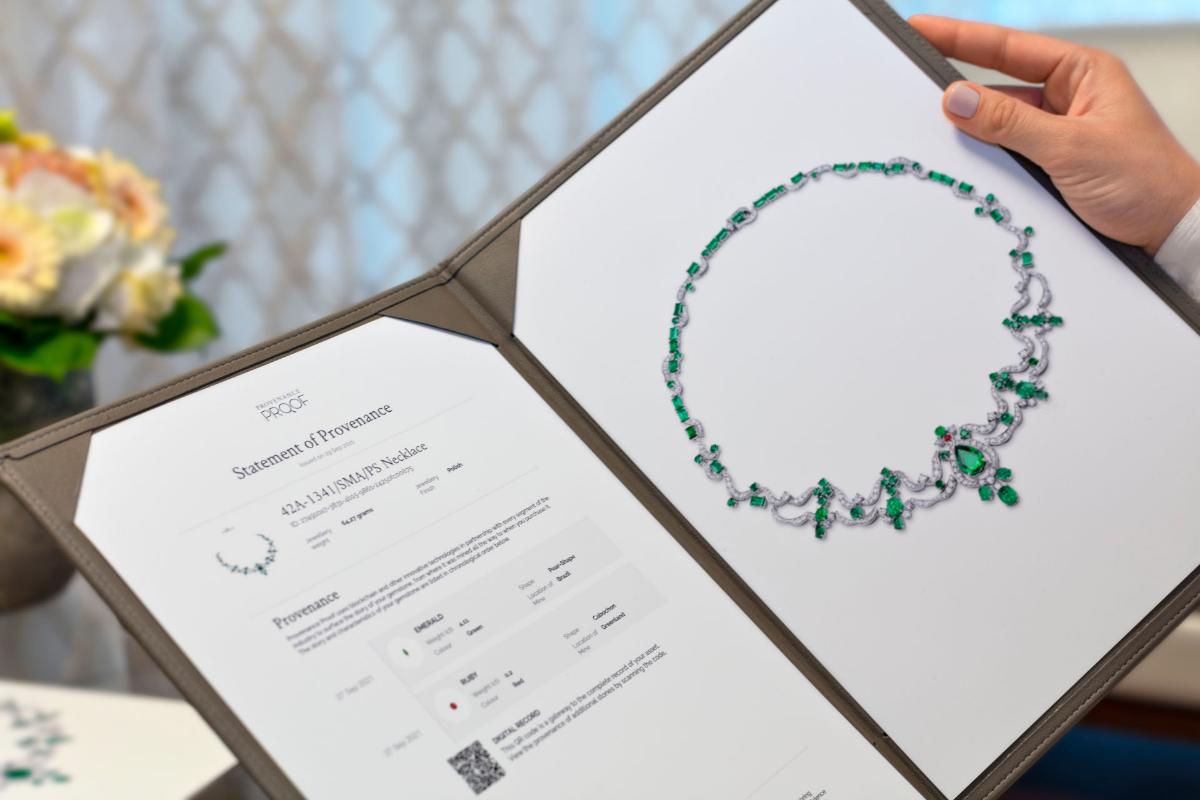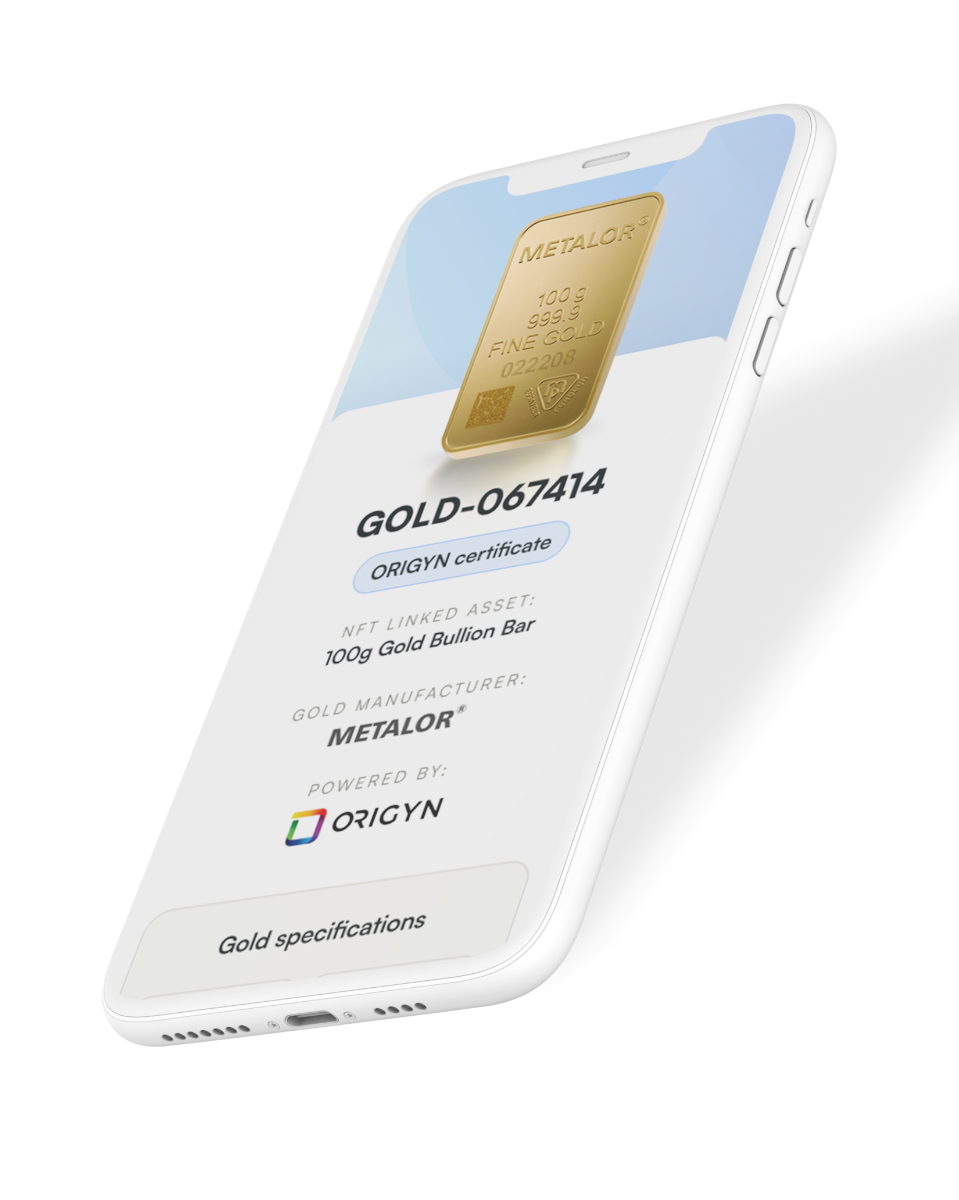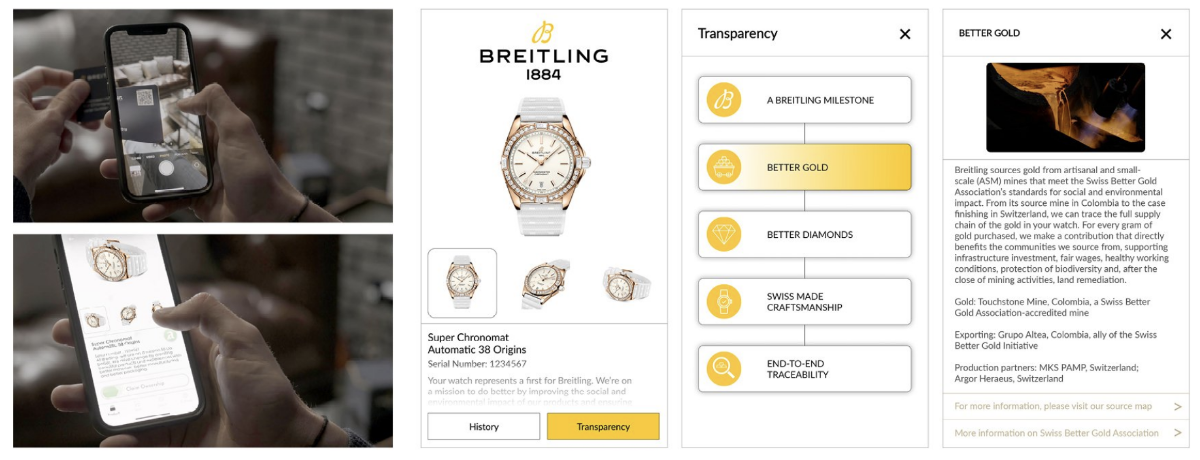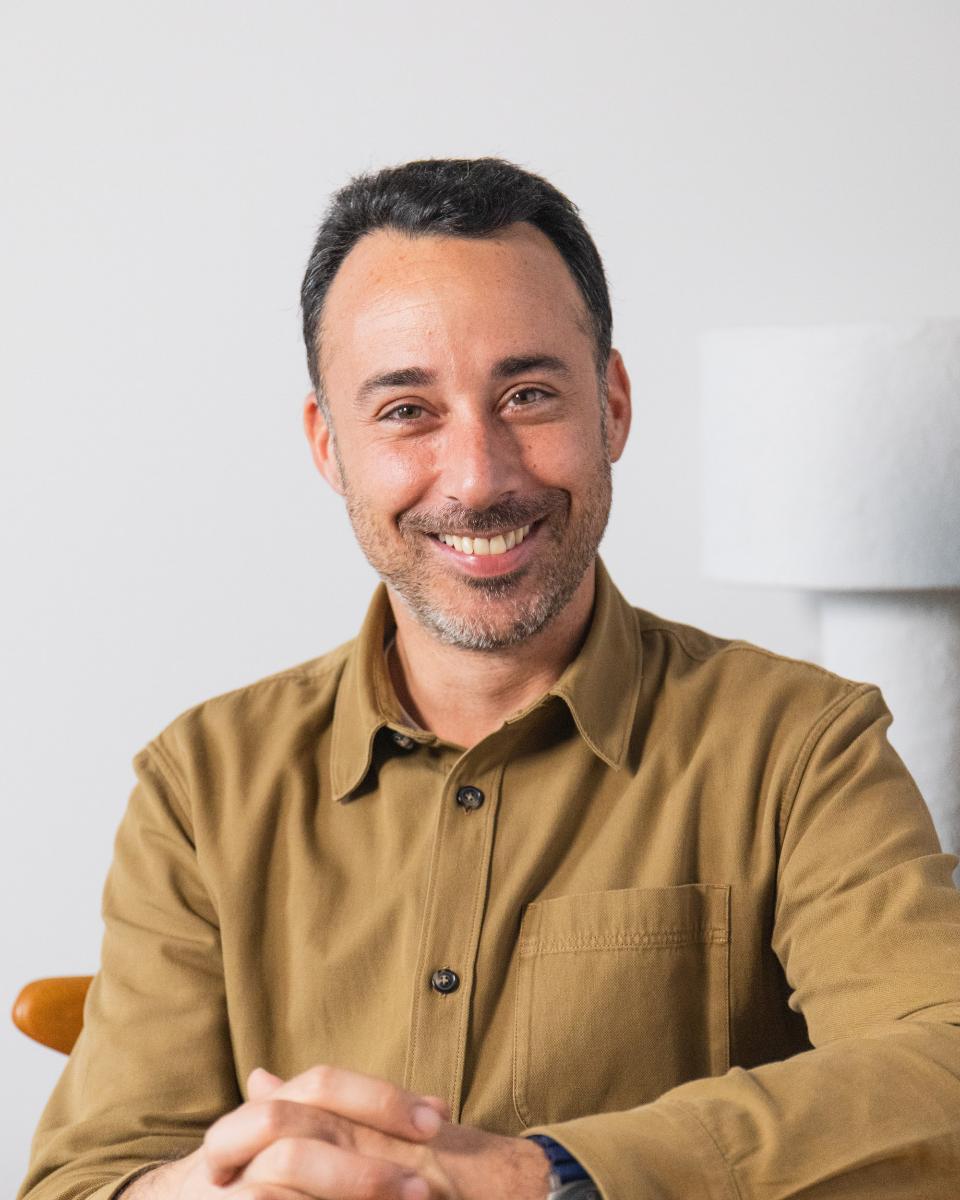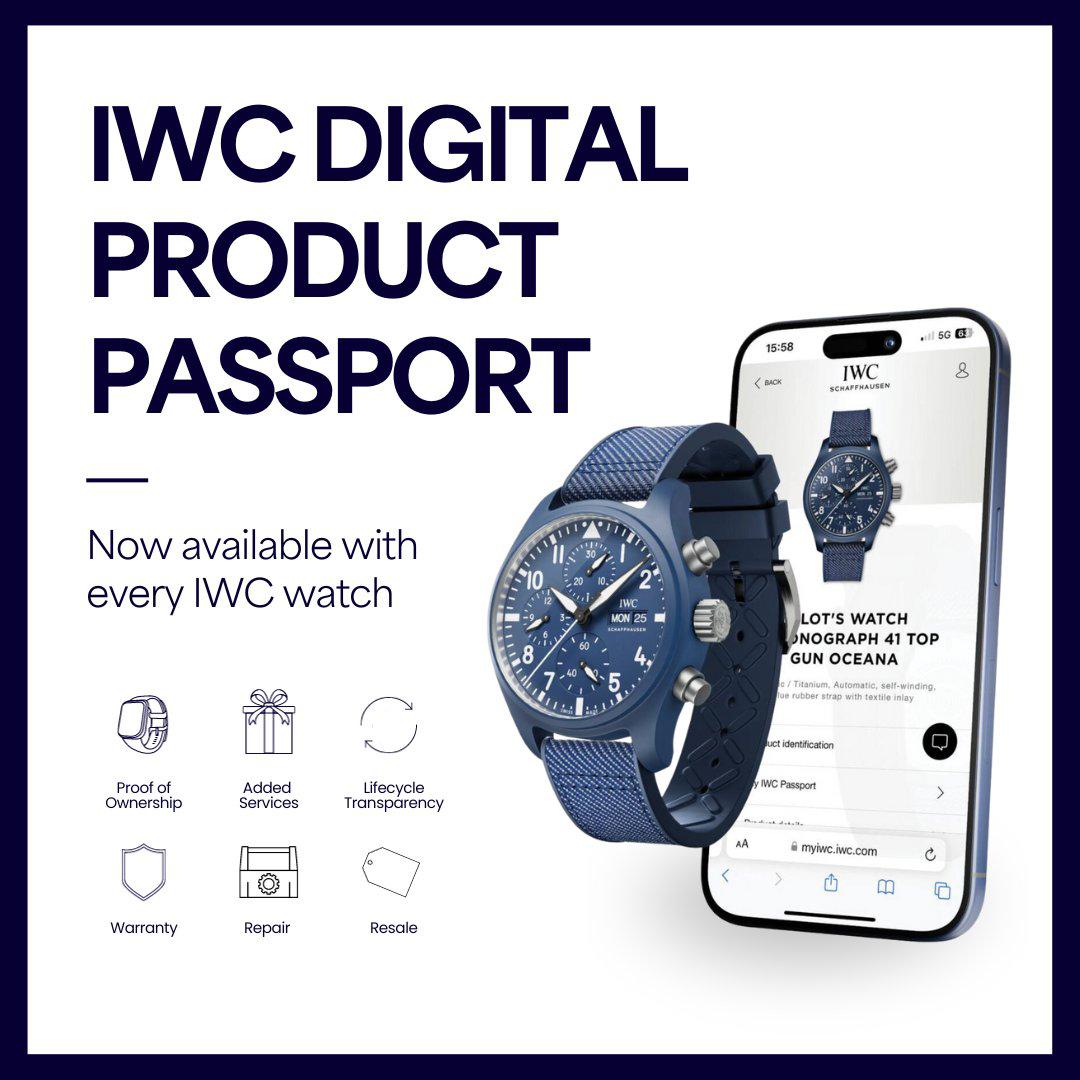What does that entail? Does it really help for traceability? Let us look into what Origyn has to offer.
Launched in 2019 with a great promise of creating a new Blockchain protocol which will enable to generate authenticity certificates for all products, in particular watches, jewelry, diamonds and gold (coins, bars…etc.), Origyn is a non-profit Swiss foundation. Its original idea is to associate decentralized Blockchain solutions with artificial intelligence and machine learning. On paper, it would be the ultimate tool against counterfeiting, which is plaguing the luxury industry. More than 40 million fake Swiss watches are evaluated to be sold each year…compared with the 16.9 million actually exported (source, Federation of the Swiss Watch Industry FH, 2024).
This shows how important such a tool would be for all brands concerned about their image risk and potential loss of sales. Victor Gailly, operational manager at Origyn explains: « Once fully accomplished, the Origyn technology will provide a digital certificate that authentifies any luxury product in an instant, with a simple photo taken with your smartphone. It would be the end game for counterfeiting ». And a great leap forward for authentication and traceability! Unfortunately, it is not completely there yet. Victor Gailly develops: « The first phase of the technology which enables the traceability and the secularization of the data is efficient. We already have achieved the most difficult part being able to store over 3.5GB of data for each product, whether videos, pdf documents, scheme plans, scans, pictures…etc . The biometric identification and authentication is getting close. It will be a game-changer. We hope that within the next 1 to 2 years we will be able to have the artificial intelligence analyze in an instant over 1 billion lines of information on a product.».
But for now, the blockchain still just records data from the documents delivered by the owner…so indeed, an authentication generated through the physical characteristics of a product and its ultra-high definition images would be a huge improvement. At this point, the Origyn blockchain technology is being experimented with big companies in the gold industry, such as Metalor, for example, where you can find QR codes on their gold bars to identify them unmistakably. Now customers can actually buy physical gold through the NFTs they have created for each of their bars, for example. It makes ownership and trade a lot simpler and safer. Moreover, it can record their Geoforensic passport as well on these NFTs.
